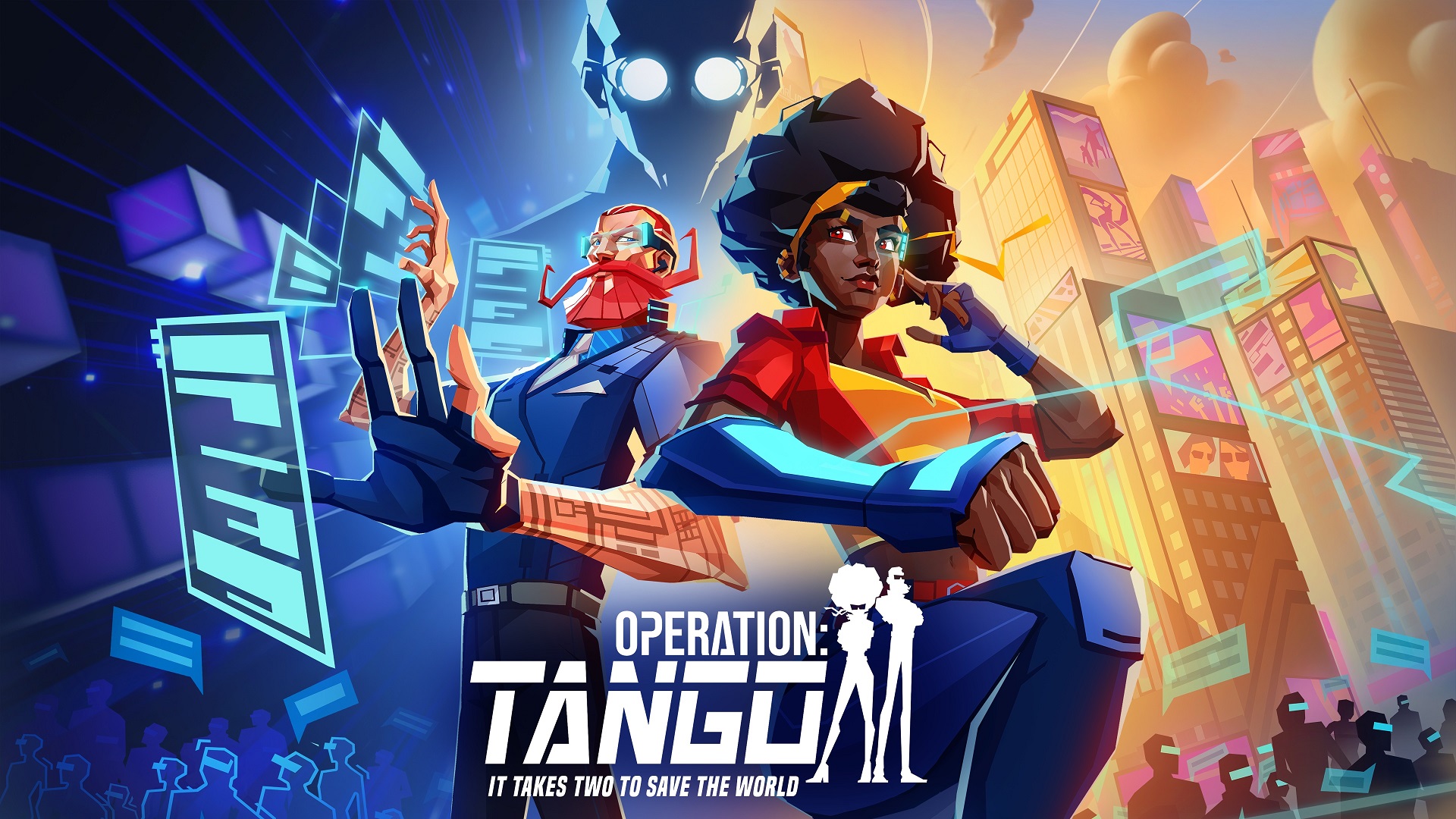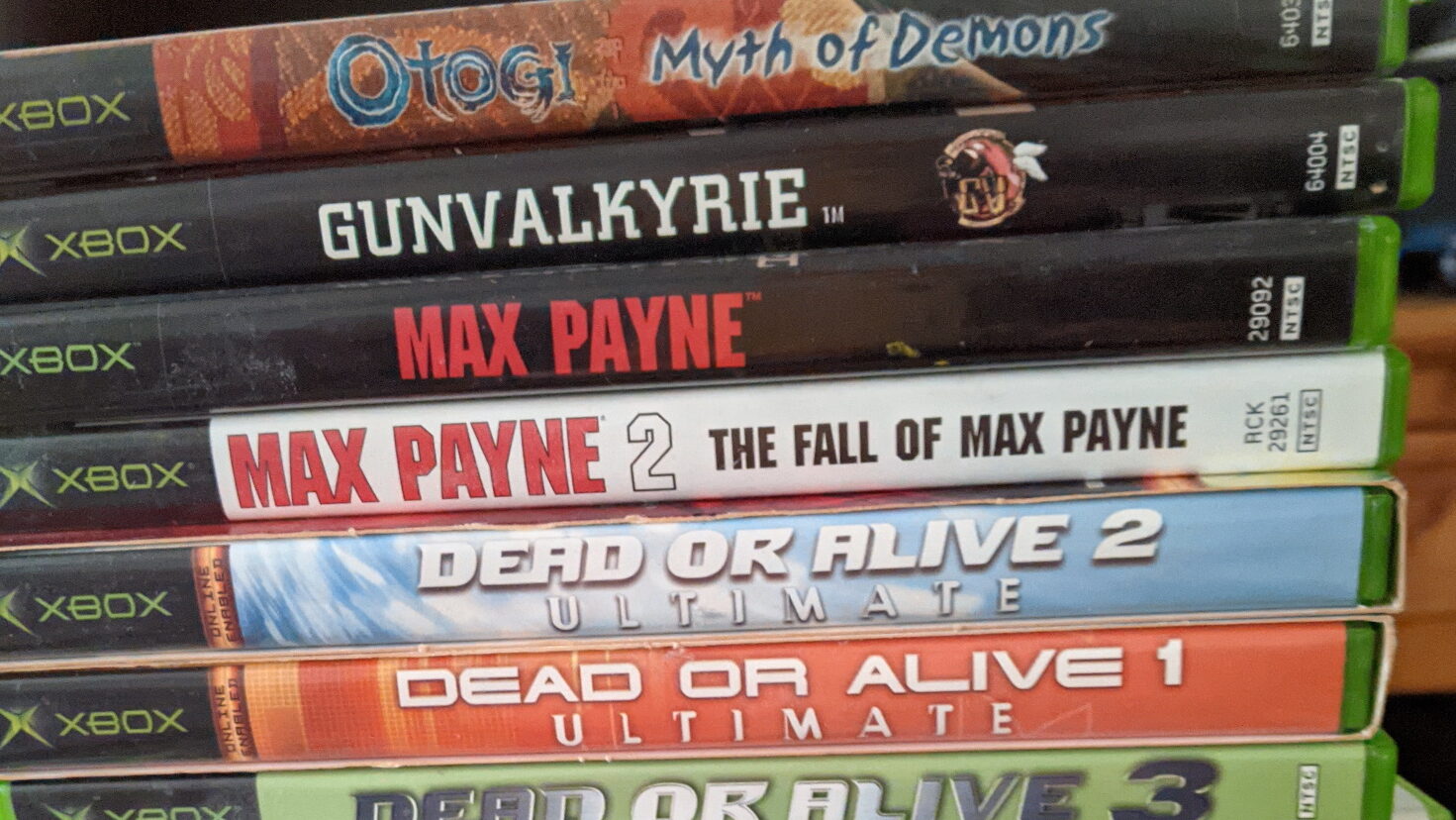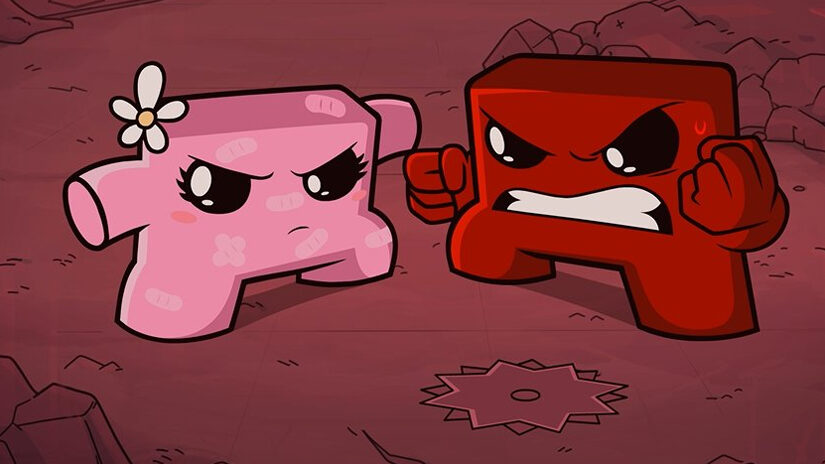Share
Blood Once TOLD: Osamu Tezuka’s Dororo
IN 1967, prolific manga creator, and arguably the godfather of all things Japanese otaku, Osamu Tezuka began serializing an early comic in the boy’s manga magazine, Shogakukan’s Weekly Shōnen Sunday. The narrative of this manga focuses on the young Hyakkimaru and his essential hero’s quest to retrieve forty-eight body parts stolen from demons. Prior to his birth, his father, the Lord Kagemitsu Daigo, in an effort to preserve the prosperity and health of his subjects and land, “makes a deal with the devil” so to speak. In exchange for his soon to be firstborn, the demons grant Daigo his desire. So begins the legend of Dororo.
When Hyakkimaru is born, he is limbless as a snake and missing nearly four dozen other vital organs and human body parts that make up a living being. He is but torso and head, with two sunken holes in his face where his eyes should be. Lord Daigo orders the boy to be got “rid of…he stands in the way of my destiny” (Tezuka 20). Daigo forces the baby’s mother to cast the child down the river in a basin, ala Moses-style.

Hyakkimaru is soon found on the river’s edge by the prosthetics doctor, Jukai. Jukai, being a man of great tenacity and humility, adopts the child, eventually naming him Hyakkimaru, for the Japanese “hyakki” or “hundred demons”. Jukai is surprised by the child’s sheer will to live, despite his deformity and obvious pain. Jukai soon fits Hyakkimaru with limbs and other prosthetics, teaching him to move and speak with his heart. During Hyakkimaru’s upbringing, the two are haunted by many evil spirits. Soon, Jukai requests teenage Hyakkimaru leaves, saying “Son, it seems those monsters are after you, not me…either way, you can no longer stay with me…go travel…you may find a world that’ll accept you…the world is wide. There has to be a place where you can find happiness…” (77). Jukai’s parting gift to Hyakkimaru is an upgrade to his prosthetics; a sword installed in his shoulder to be used in defense in his travels.
Hyakkimaru departs and is visited by an ethereal voice. The voice states demons are what stole his missing forty-eight body parts and that he must kill each one to become a full human being. As the story progresses, Hyakkimaru, after saving him/her (yes, gender is a theme in this manga from the 1960s), is pinned alongside the young thief, Dororo. The two team-up in order to optimize their respective successes and bidding. However, Hyakkimaru’s father, Lord Daigo still rules the land the duo travels; the truth behind his abandoned son’s fate unknown to him.
I LOVE this manga and am a fangirl for anything Osamu Tezuka; his characters and perspective clearly influential to Japanese storytelling as a whole, as well as my own source of inspiration. Mostly known as the creator of Astro Boy, Tezuka’s stories have the ability to transcend Western comics of the same era, all the while digging at every value that questions existence, time, and corruption of both planet and society. I was always familiar with the character of Astro Boy, having been an early anime and manga fan. However, several years ago, I was introduced through an ex to the creator’s extensive collection of works translated into English. This is the same ex who lent me a copy of 2004’s Blood Will Tell: Tezuka Osamu’s Dororo on the PS2…

Blood Will Tell is one of those rare retro gems that sell for over three-hundred dollars on eBay used; those games that no one cared about during their initial release but now have a cult following. This may be a result of the success of a recent anime iteration of the story in 2019 and an additional updated manga in current serialization called The Legend of Dororo and Hyakkimaru. Consequently, interest in not only Tezuka overall but the other portrayals of the tale have become popular in the West. However, in 2004, Blood Will Tell received a lukewarm response across the board, placing lower on best-of lists, for the year, underneath other PS2 heavy Western hitters such as Grand Theft Auto: San Andreas and Burnout 3: Takedown.
SEGA!
Blood Will Tell is a hack-and-slash with RPG elements, published by none other than Sega. The initial console wars were done and won by 2004, and Sega, at this time, had become a third-party software developer for former competition. This is due in part to the abysmal failure of the Dreamcast, particularly in Japan, despite the console’s innovation and capabilities beyond even PS2 specs. The launch was, unfortunately, a huge misstep for the company, as many pre-orders were unfulfilled and the stock was low upon release, secondary to shortages with parts and other circumstances. In the United States, however, Sega saw great success with the console during its initial release, but due to Dreamcast’s lack of third party software and intense focus on internet connectivity, an aspect ahead of its time, sales became sluggish later. Ultimately, the company stopped production of the Dreamcast in 2001 and consoles altogether, assuming further losses and tough competition with the release of Sony’s second console, the PS2. Regardless of the company’s set-backs, Sega remains one of the more premier enterprises and third-party publishers in video gaming. Sonic is a definition of an era and the acquisition of the Persona series and other Atlus franchises, in addition to the extremely popularYakuza games, have managed to contribute to Sega’s continued survival.
How to Kill yOUR Demons and Get Your Life Back
Blood Will Tell is undoubtedly a precursor to the Yakuza series, the first title of the later receiving a release a year or so later. It operates similarly, requiring the player to take on the role of a protagonist, guiding them from map to map with beat ’em up style gameplay, some equipment options, and use of power-ups and special moves wrapped in a compelling narrative. When the player is first introduced to Hyakkimaru, a tutorial follows. The game assures the player that their TV is not broken, as the tutorial is rendered in black and white. This is a great nod to the source material and perhaps the 1969 anime adaptation of the story, both forms produced without color, except for the early anime’s pilot episode.
During this tutorial, the player practices the basic controls. By pressing R2, Hyakkimaru switches between his double prosthetic arm swords and a normal Japanese-style blade. The arm swords can perform several special moves, including a jumping spin-dash and a move that makes Hyakkimaru spin like a top on a baddies’ head. The arm blades level-up the more the player utilizes them. The single sword can be separately equipped and usually gives Hyakkimaru elemental strength or protection with ice, fire, lightning, and poison. These swords are found throughout the world Hyakkimaru and Dororo travel through and are often found by breaking totems, barrels, or just floating in the air slightly off-screen for the player to find. While slashing away with either the arm swords or the single blade, Hyakkimaru can bend on one knee and shoot a cannon out of the other. If the player equips the double arm swords, Hyakkimaru also has a gun installed to shoot bullets at enemies. Replenishment of these items, as well as floating onigiri for life refill, are found dispersed throughout the “chapters” or levels.
The Good
Anytime there is an opportunity to inform Western audiences about the master Osamu Tezuka, good will follow. The fact that Blood Will Tell was even localized for NA audiences is compelling, as many of the creator’s works have yet to receive official English translations, even in 2020. The man is credited for having over 700 stories, many incomplete. Dororo is no exception to this; as the original manga lacks resolution. However, Blood Will Tell utilizes the vacancy as a way to propel the game’s narrative further. Without giving away details, the ending of Blood Will Tell is perhaps the most creative liberty I have seen with this story. The game itself does a fantastic job bringing Tezuka’s world to life; the team that worked on this title clearly was familiar with his tradition and nuances, creating a decent allegiance to the source material. When the narrative is changed, it is done with intent and originality, from the disposition of Hyakkimaru’s brother Tahomaru to the true origins of Dororo, as well as the many demons Hyakkimaru has to fight.

I love Sega just as much as anyone else who loves Sega, and the fact that the company published this title is an added bonus. It is immensely entertaining to hack and slash enemies and bosses and hear the weird anime noises they make when fighting or dying. The demons are creepy, as well as the eerie music, as the bleak backgrounds and settings bring to life the world Tezuka imagined, with reliance on Japanese tradition. Blood Will Tell is definitely the creepiest production of Dororo available, giving a much more skin-crawling tone to a dark fantasy narrative with light moments. It’s great how, depending on certain times in the game, the player can control either Dororo or Hyakkimaru. Dororo is a bit lither, using fists, kicks, rocks, and a slew of projectiles as a means of attack. While playing as Hyakkimaru, if Dororo is following, you can direct Dororo to either assist you in battle or look for items. The gameplay definitely feels different between the characters, and when the two split at certain parts in the game, it creates a great sense of thematic suspense.
A unique concept in Blood Will Tell is regaining abilities through recovered body parts. For example, when Hyakkimaru retrieves his hearing, he is able to sense hidden demons, and the controller will vibrate if one is near. Other regained body parts attribute to other specs, such as stronger attacks, quicker movements, and various special moves. By pressing in the R3 joystick, Hyakkimaru or Dororo will “Naruto” run all over a stage, making backtracking and exploration less painful. The bosses are unique, each with their own set of patterns and designs. The game is actually pretty bloody as well, containing a relative amount of eerie grotesqueness.

Ultimately, Blood Will Tell is definitely an original game style for its time. The graphics still hold up pretty well and the voice acting isn’t terrible despite its age. What I really like is access to a menu before loading the game that includes a theater to rewatch ALL cutscenes the player has experienced, as well as an encyclopedia of demons to review information and details about the enemies fought. The player can also customize the combo moves to their liking.
The Infuriating
I always thought I held the record for being terrible at platforming. Jumping has always been a game dynamic that makes me nervous and often, in a brief moment of hesitation, I miss the jump, ledge, or platform, falling into a dark doom. However, after playing Blood Will Tell, I finally realize that early 3D games just do not have the programming resources of both camera and platforming design. In Chapter 6, the player is timed and FORCED to platform with little direction and atrocious detection. Levels that should be easily completed take time to finish due to the continual struggle of falling into pits of despair by not landing jumps. For such a necessary element in the game, platforming is not optional, most often with Dororo, it is infuriating that this mechanic is so poorly programmed. Throughout Blood Will Tell, Hyakkimaru and Dororo are jumping on buildings, over holes, through trees, and up snowy mountains. Not once was I able to spend less than ten minutes on a 30-second section of platforming. Relatively, the double jump is too high and it’s impossible to gauge where the character will land without a tremendous amount of tedious trial and error.

Towards the end of the game, it becomes harder to discern where to go and what to do. Suddenly, I realized there are hidden demons in every chapter, which the game implies but does not really inform. The player is able to go back into a chapter with Hyakkimaru’s obtained ability to “sense” demons to 100% the game. Because of this lack of explanation, there are several unfair difficulty spikes. I found myself face-to-face with a level 50 enemy when I was only at 30. Often, bosses appear without correlation to the story, and not knowing about hidden demons until the end of the game, I was confused about what was happening.
Special moves, like the combo attack or even the Spirit gauge attack, are really cool but completely useless. The hit detection for these is particularly off and it is very hard to land a series of blows to a baddy when there is barely enough time to get up after being attacked. If attempting to land the combo attack, the player could quickly lose health because an enemy punch stops Hyakkimaru in the middle of charging up. I barely used the combo attack because it was impractical to land and I would instead end up wasting life. There seems to either be NO health or an overabundance of health throughout the game, making strategy in terms of conservation impossible. Saving the game does not give the player health; one can only receive it through the onigiri found throughout the chapters.

Dying is beyond infuriating. Save often, as there are not too many chances for a 1-up. If you die in battle or fighting a boss, Hyakkimaru or Dororo will restart from the save point, making time in between trying again quite tedious. Luckily, the player can skip cut scenes and continue quickly with a boss battle. There seems to be no rhyme or reason to the abilities of the single sword; battle strategy becomes a memorizing boss movement and jumping around, because most of the time, the player can’t see where they are aiming or swinging due to the shitty battle camera that often pins the player into an invisible border. This certainly creates for a trial and error style gameplay, like a Megaman, just not as memorable, hard, or with Capcom’s tight mechanics.
The story does not change drastically, with exclusion to the ending, but the one thing it does leave out is Hyakkimaru’s mother and Dororo’s back story. Including both of these elements would have helped significantly with the development of the two playable characters and created a stronger narrative for the game’s insufficiencies to fall back on.
Will Blood Tell?
I am so happy that there exists a video game adaptation of Tezuka’s Dororo. The original tale is a story I revere and use as reference, surprised that even in a post-war hyper-economy driven Japan, the question of what makes a human is at its core. Hyakkimaru is a likable protagonist and Blood Will Tell actually does great service to Tezuka’s narrative and worldview. Many of the game’s elements, such as the combo attack triggered by successful completion of a special move, are precursors to later Sega games that would fully master this dynamic. It is fun to hack-and-slash through a downright creepy world with uniquely programmed and designed boss battles, but the novelty wears off way before the completion of the game’s eight chapters. Platforming and jumping are two of Blood Will Tell‘s more infuriating aspects, and for an element that occurs so often in the game, the poor programming leads to many frustrating attempts to reclaim Hyakkimaru’s body. Overall, Blood Will Tell is definitely an overlooked and underplayed title for the PS2, and both its story and innovative gameplay are initially stimulating and original. However, time has done little to excuse the game of its more serious issues, issues that are only further heightened with the passing of over fifteen years since its initial release.

Ultimately, Blood Will Tell should be a contender in this era of video game remakes. However, fans like me are still waiting for an official localization of Mother 3 from Nintendo, so I’ve already been holding my breath.
Source: Tezuka, Osamu. Dororo. Translated by Dawn T. Laabs, Vertical, 2008.




